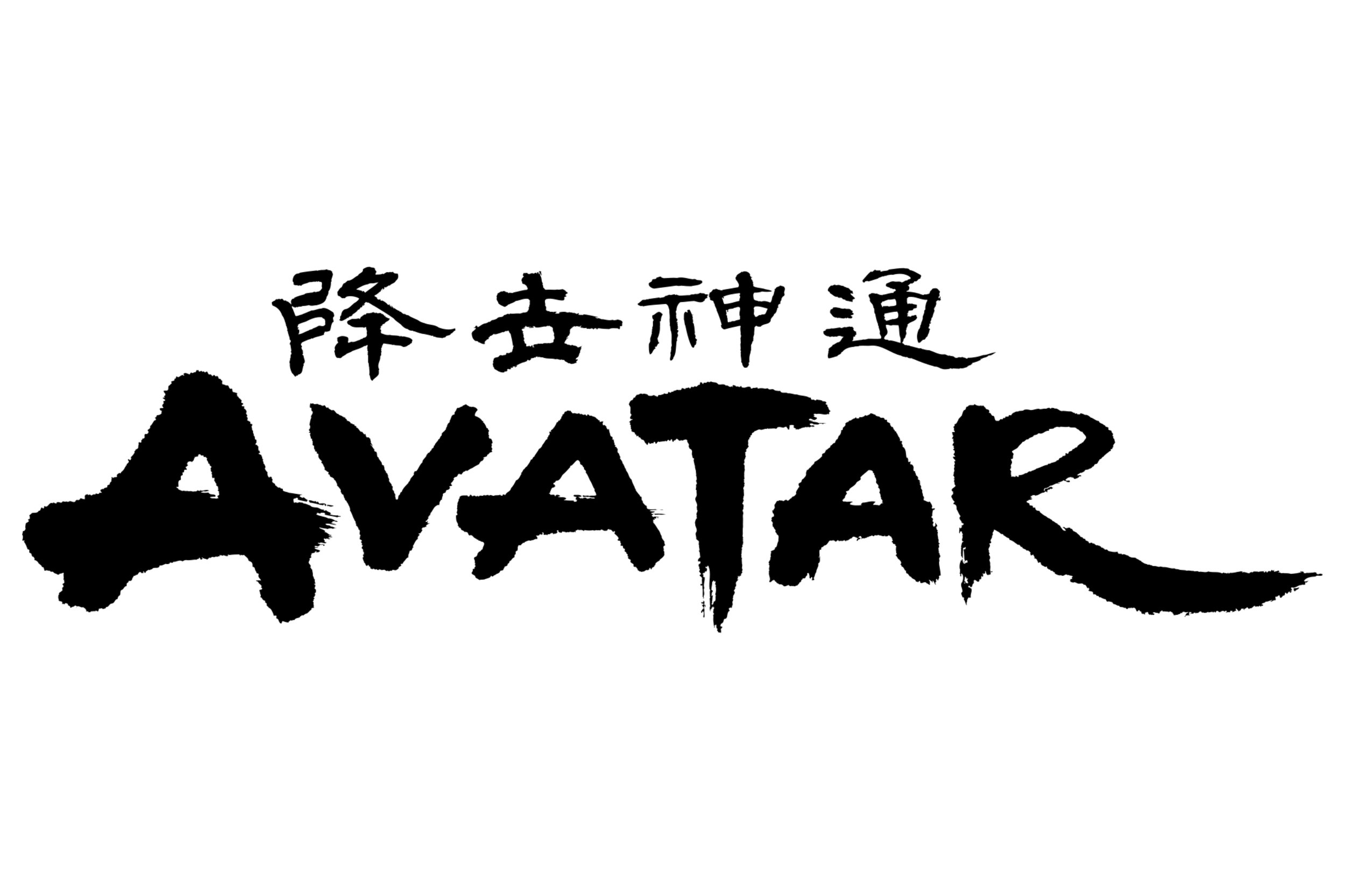Animation is not just for kids
Photo courtesy of Wikimedia Commons
Animation, a medium capable of powerful storytelling, is often written off as “immature” by many.
Every year, there seems to be a constantly growing influx of television shows and movie remakes, often adapting what was originally animated media into live-action. Just off the top of my head, I can think of Mulan (2020), The Lion King (2019), One Piece (2023- ), and Avatar: The Last Airbender…twice (2010) & (2024- ). While, yes, I think many of these, if not all, can just be labeled as different studio attempts to make quick cash off of popular movies and television shows, nostalgia, and rage-baiting all at once—I fear there is also a more nefarious inspiration behind the switch from animated media to live action.
To put my feelings about this frankly, I think much of this switch is inspired by the fact that animation is not a medium taken seriously, often overridden or disregarded for being a medium “for children.” It is expected that when these live-action remakes are made, they are not just one-to-one adaptations from the source, and what tends to tag along with that is an increase in that product’s content or maturity rating. For example, the animated Avatar: The Last Airbender (2005-2008) has a TV-Y7-FV rating, which advises the program for children seven and up, with a warning of fantasy violence. With its first season debuting in 2024, the remake has a TV-14 rating, a show appropriate for ages 14 and up. As you can see, the recommended watch age doubled when the show switched from animated to live-action.
The idea that animated television cannot tell serious stories and that even certain audiences cannot handle serious stories is downright silly. Animation in children/young adult television has told heartfelt, comprehensive, and complicated stories for decades. Look no further than shows like Adventure Time (2010-2018), Gravity Falls (2012-2016), or Invincible (2021), alongside the other aforementioned, for proof of that. Not only are these shows that deal with growing up, grief, interpersonal relationships, and power in nuanced and realistic ways, but these all are shows that can also tackle all of these topics in a way that is understandable and resonant to young children—so much so that many of these shows’ audiences turn back to these series again and again for comfort, wisdom, or just a silly time. I know that I, as an adult now who watched many of these shows as they aired, enjoy them just as much now as I did as a child—heck, maybe even more; Avatar: The Last Airbender (2005-2008), is notably my favorite show to this day.
I must also reference the long-term success of adult animation as it adds to this argument about the legitimacy of animation as a medium. Family Guy (1999-2025), Rick and Morty (2013- ), and BoJack Horseman (2014-2020) are all also deeply influential shows of their time, much like the child-geared ones we covered earlier. Sure, these shows do often lean into the raunchy or ridiculous in a way that live action might be more hesitant to do, but shows like BoJack Horseman (2014-2020) have also been regarded as some of the best modern storytelling there is, deeply moving its audience—despite its semi-ridiculous premise, and completely fantastical, yet realistic, setting.
All I am saying is that live-action is not always the “better option.” The way animated television is time and time again taken less seriously or as less transferable, transformational, or perspective-changing as live-action classics is a take rooted in a very naive impression of what this medium has to offer. Sure, animated television might more broadly just seek to entertain or go for the cheap or easy laugh or problem-solve. Still, I would argue that that low-effort and easy-watch format is no more common to animation than it is to live action. Next time, when you are ready to dive into your next show, I just ask that you give animation a chance—you might be surprised by how animation can tackle storytelling in refreshing and subversive ways compared to live action.

